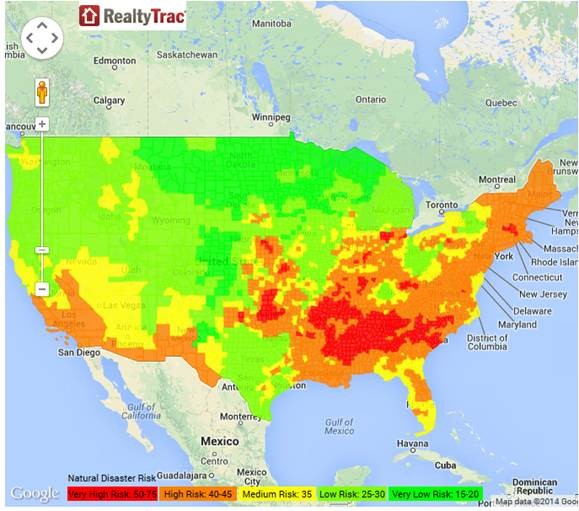Investment checklists catch fire
Post on: 16 Март, 2015 No Comment

December 20, 2013
I continue to get a kick when ideas I discussed now almost two years ago writing Abnormal Returns: Winning Strategies from the Frontlines of the Investment Blogosphere resurface in the finance mainstream. This past week it was the use of investment checklists to help guide your investment decision making. In the book I wrote:
Some traders find it useful to have a checklist they consult on an ongoing basis when they trade to ensure they are not missing anything along the way. As Atul Gawande. author of The Checklist Manifesto . writes: “In aviation, everyone wants to land safely. In the money business, everyone looks for an edge. If someone is doing well, people pounce like starved hyenas to find out how. Almost every idea for making even slightly more money—investing in internet companies, buying tranches of sliced-up mortgages—gets sucked up by the giant maw almost instantly. Every idea, that is, except one: checklists” Checklists don’t dictate what a trader does; rather they ensure that what a trader is supposed to do in a trade gets done.
The hallmark of a well-designed trading system may be the actuality that a checklist can be created. The more experienced and successful the trader, the simpler his or her trading system becomes over time. Many traders begin their education reading books on trading and come away with a jumble of ideas and techniques. Some of those ideas will resonate with a novice trader, while others will not. The challenge is that until those ideas are put into action, new traders really can’t know what will work for them. Experienced traders have spent a lifetime whittling down ideas into a plan that works for them—and maybe nobody else.
Jason Zweig at the WSJ has an article up talking about how investment checklists are still underutilized in the world of investing. He notes that they help solve a big problem for investors when making decisions: inconsistency. Zweig has a great quote from investment manager Monish Pabrai on why he uses checklists:
When we look to make an investment, the greed part of the brain is turned on, says Mohnish Pabrai, managing partner of Pabrai Investment Funds in Irvine, Calif. a group of private portfolios with assets of approximately $700 million. A checklist is like a circuit breaker that helps prevent the brain from being able to flip that switch.
This same idea can be extended to the problem of fund investing as well. Kevin McDevitt at Morningstar has a series of questions investors should ask themselves before investing in a fund. He notes that these questions can help keep an investor level-headed as they look at a hot fund. One especially important item McDevitt notes:
What is the funds downside and am I comfortable with it?

This leads to the next checklist item, and perhaps the most important. Despite what some alternative managers say, every investment carries risk, and every fund has a downside. Its critical to first accept this fact and then identify what the risks are in advance. Always ask yourself what can go wrong and then assess whether or not you can live with that.
So the topic of investment checklists seems to be gaining some momentum. Michael Shearn in his book The Investment Checklist: The Art of In-Depth Research went into this idea in more depth. Checklists arent some magic money-making tool. On the contrary they are more likely to stop you from doing something than actually doing it. What checklists do is force investors to ask themselves the tough questions that in the heat of the moment are often left by the wayside.
Items worth noting :
Check into investment checklists. (Abnormal Returns )
An excerpt from The Checklist Manifesto. (NPR )














